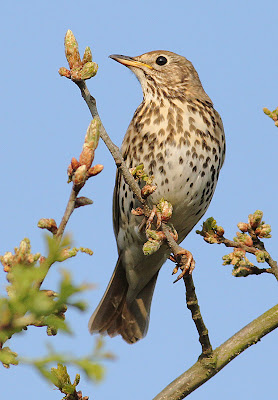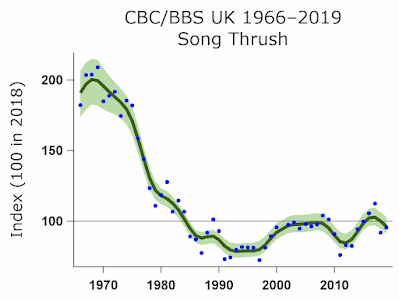Was that the phone ringing in the dining room two walls and two closed doors away? Sue and I were in the bedroom watching Salvage Hunters with Drew just about to pay a crazy sum for a piece of old tat. I reached the phone before it cut off but because of the ensuing conversation I never found out how much Drew wasted.
It was Peter on the line, he of Peter and Dot fame, lovers of the great outdoors, birdwatchers, travellers in the best sense of the word, and residents of Garstang Town. Peter had seen that Another Bird Blog lay dormant, near to death condition, and wondered if “everything was ok?”
I reassured him of our as-good-as-can-be situation and asked about their own. We shared our thoughts about the last seven months of lashing rain, wind and unprecedented weather via the Atlantic Jet Stream, plus our frustrations in being unable to find birdwatching spots not besieged by microlites, bicycles, dogs and normies out to make birders’ lives a misery.
A mile or so from Garstang the ringing site of Barnacre has been unworkable, deep in water & slime, now a no-go for weeks if not for smonths ahead.
On the way back from Garstang and one of our trips to Booth’s for their bargain £10 for two bacon butties and cappuccino (with loyalty card) Sue and I called at our ringing site out Pilling way to drop seed. There are meanies who refer to Booth’s Café as God’s Waiting Room because it’s popular with oldies, more so on pension day. A rather unfair naming don’t you think?
A mile or two away along a farm track I managed to get the car stuck in a nasty, sticky, and uncompromising muddy spot. It was lucky that Sue was able to push the car while I completed the manly manoeuvres of combining clutch & steering wheel to free the car. Sorry about your trainers Sue.
In between times, hunting for and grabbing sunny intervals that came along, I managed to salvage a few new pictures.
Meadow Pipits have these incredibly long hind claws as seen below. When you live in long grass like a Meadow Pipit, you need long hind claws to help you stand tall and keep a watch out for predators.
Meadow Pipit
Our wintering Whooper Swans have no problem with flooded fields as it makes hunting for goodies a little easier and encourages spring grass to grow tall. I counted more than 220 Whoopers on one day alone and where another more distant party with Canada Geese remained uncounted.
Whooper Swans
It’s noticeable how Goldfinches, Chaffinches and Reed Buntings have begun to make their way back north with increased numbers at the feeding station where Blackbirds abound and even a rare Song Thrush put in a brief appearance.
Song Thrush
Goldfinch
Chaffinch
I had about 10 seconds to picture a hunting Sparrowhawk, a large female that took a momentary rest on a wire fence. And then it was gone, off to cause bedlam amongst a flock of birds or to pick out a likely looking victim followed by rapid death from those huge talons.
On Wednesday came a message from The Florida Lovebirds, Wally and Gini, concerned about the lack of activity from Another Bird Blog. They had read about “a bit of extra dampness in far away lands but details were lost in the alarm over melting glaciers – or was it unusually high snow fall amounts – I forget. I just know it was something catastrophic so we’re still hiding under the bed until it passes.”.
Luckily Wally and Gini “have it on good authority from a little orphan girl that The Sun Will Come Out Tomorrow.” Thanks folks, I will look forward to that.
But I think they must mean in Sunny Florida because there's little sign of the yellow orb in our Wild West skies.
Come back soon everyone. I will try not to leave the blog in sleep mode again.













































































